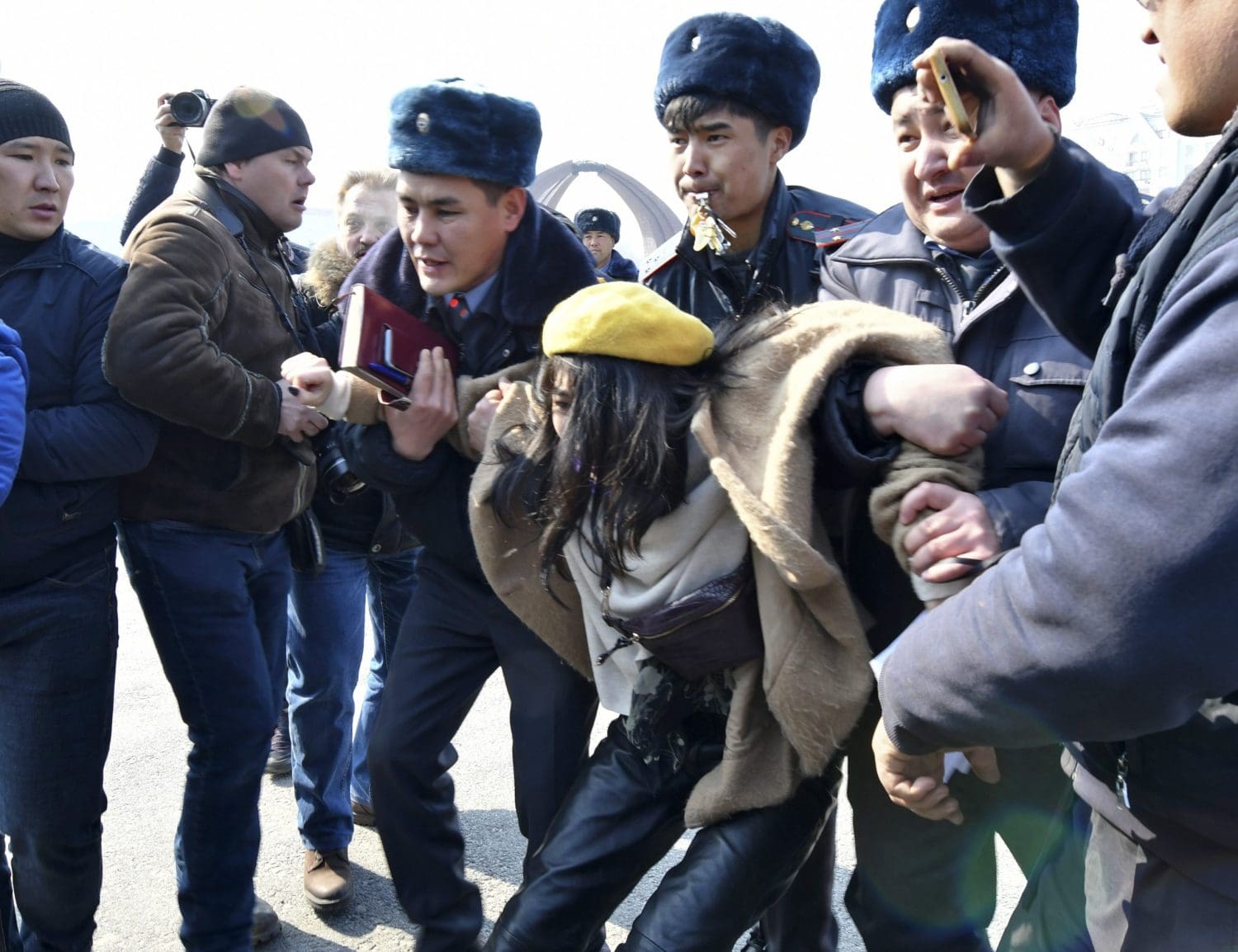The Donald Trump show has a consistent script. Same villains. Same nicknames. Same grievances. Same hero: himself.
At raucous rallies held mostly in states that are friendly to him, the president tells audiences that he could be presidential, even Lincolnesque, if he wanted to.
But that, he says, would be boring.
“It’s easy to be presidential but only have about three people in front of me,” Trump said at a recent rally, before breaking into a monotone imitation of a droning politician.
“Doing this takes far more talent than doing that. Doing that is very easy. This is not easy.”

As he seeks reelection with little variance from the themes that brought him to power four years ago, a central challenge will be to keep those audiences satisfied and to make sure, like a great entertainer, that the act is not growing stale.
The president retains robust approval ratings among Republicans but even that loyalty will be tested as he asks voters for another four years, essentially offering them not new promises but more of the same.
Trump’s campaign remains highly confident it will not only retain those who backed the president in 2016, but will also expand the electorate by turning out people who did not vote four years ago, in addition to peeling off some African American and Latino males.
At a rally last week in South Carolina, nearly 29% of those who registered for tickets did not vote in the 2016 election, according to Trump campaign manager Brad Parscale.
It is FAKE NEWS that @HHSGov @SecAzar is “sidelined” from the great job he is doing on the CoronaVirus Task Force. He has the total confidence of the @VP and myself, and is doing a fantastic job, as the numbers would indicate!
— Donald J. Trump (@realDonaldTrump) March 6, 2020
But there are other metrics that do not look quite as hopeful.
Trump’s Twitter following has grown to more than 73 million, up from 25 million at the start of his presidency, but engagement with the president has diminished. His tweets drew an average of 5.37 likes per 1,000 followers at the start of his presidency but were down to 1.29 in February, according to an analysis by Factba.se, a data analytics company that analyses elected officials.
By comparison, top Democratic presidential contenders Joe Biden and Bernie Sanders — both of whom have a fraction of Trump’s Twitter following — tallied 2.13 and 2.73 likes per 1,000 followers respectively last month.
The falling engagement numbers come as Trump, who likes to use social media as a tool to reach Americans without the contextualising of the mainstream media, is relying on Twitter more than ever.
Tonight’s Fox News Town Hall with @MarthaMacCallum and @BretBaier will rebroadcast at 11:00 P.M. Eastern on @FoxNews. Enjoy!
— Donald J. Trump (@realDonaldTrump) March 6, 2020
Brian Ott, a Texas Tech University professor of communications and co-author of The Twitter Presidency: Donald J. Trump and the Politics of White Rage, says Trump’s Twitter following has naturally expanded beyond his fervent supporters and political watchers because of his standing as the world’s most powerful leader.
But his hardcore fans do not get the same thrill from retweeting and commenting on Trump’s every post, and Russian trolls who were active on social media ahead of the 2016 election have less incentive, at the moment, to interfere and have melted away, Ott said.
Trump’s campaign speeches have also become longer, according to Factba.se.
In 2016, they averaged 59 minutes. Thus far in 2020, he is clocking in at an average of 80.7 minutes.

“An overwhelming percentage of his discourse is about attacking others, and he simply has more enemies now,” said Ott, explaining why Trump’s speeches may be growing longer.
“He uses the campaign rallies to air grievances and he’s just got more grievances at this point and never lets go of anything.”
For even his staunchest supporters — many wait hours in line to attend a rally — the president’s lengthy remarks can be tough to stick with until the end.
During his 67-minute speech at a North Carolina rally earlier this week, dozens of people who had arrived hours early to gain prime spots in the auditorium headed for the exits with some 20 minutes left.
Similar scenes played out at recent rallies in Colorado Springs and Las Vegas.

















